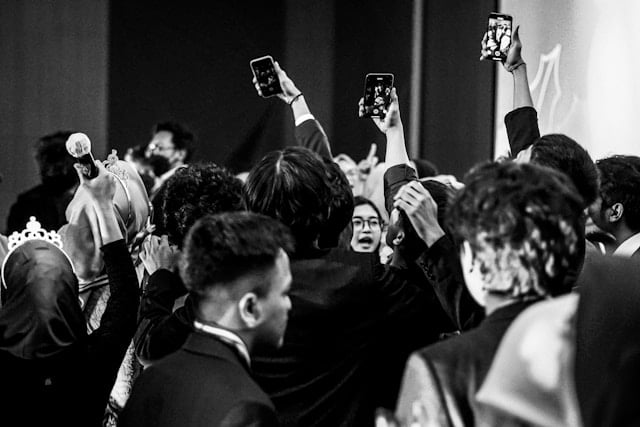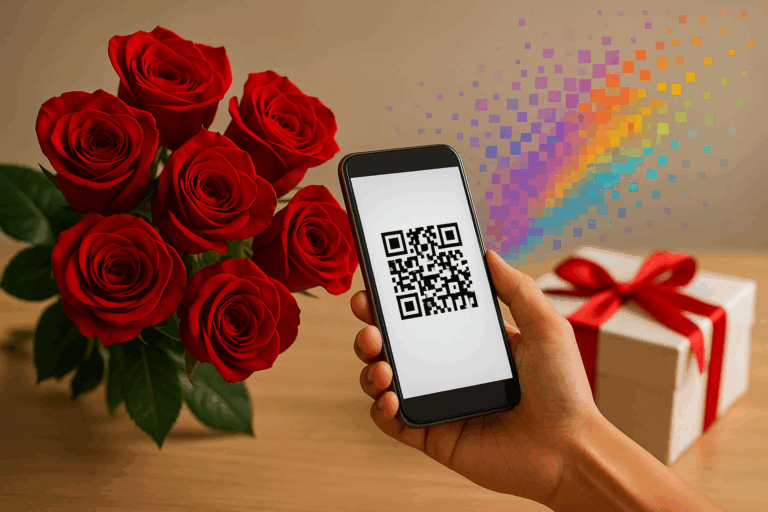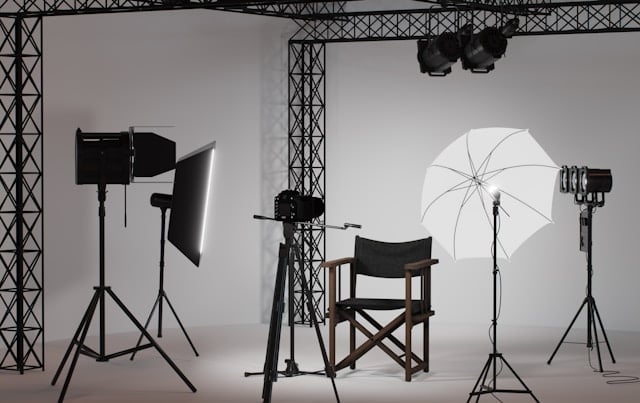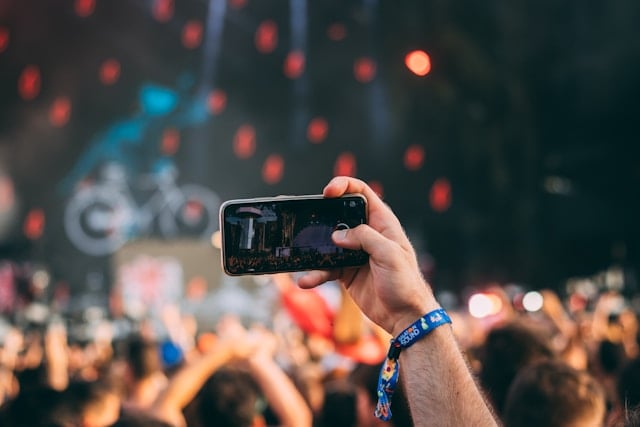If you work in sports, entertainment, or the creator economy, you’ve felt the shift: audiences are no longer satisfied being “reached.” They want to be recruited into inside jokes, fan rituals, live reactions, and shared authorship.
In 2025, that’s not a trend but the playbook. Social platforms keep rewarding real voices; fans keep rewarding the brands that hand them the mic. This article breaks down why UGC vs. traditional marketing isn’t a fair fight anymore and how to operationalize content co-creation with audiences across your funnel, events, and channels.
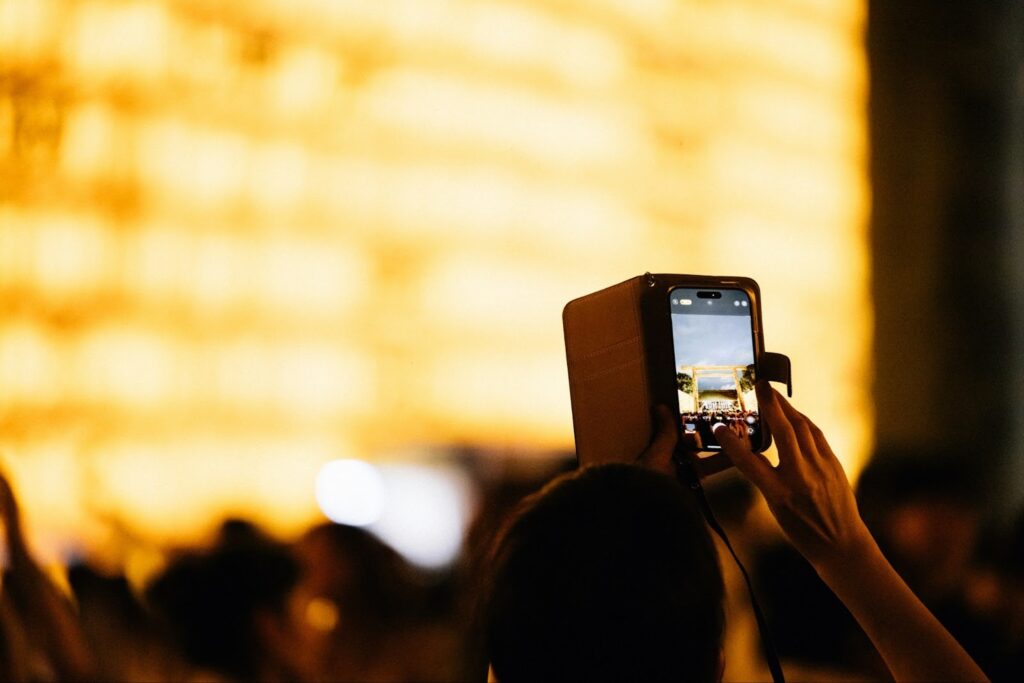
The Great Shift from Broadcast to Belonging
For decades, sports and entertainment ran on a one-to-many model. Broadcasters told the story; fans received it. That era didn’t end; it just stopped being enough. Today’s centre of gravity has moved to social video ecosystems where creators and audiences remix the narrative in real time. Social platforms, creators, and UGC are now shaping the entertainment hours people choose, and brands spend dollars on ads to reach them.
That’s the heart of community marketing in 2025: not “How loudly did we speak?” but “How deeply did we connect?” In that context, UGC in sports and entertainment isn’t filler; it’s the venue. Fans don’t just watch the highlight; they record it from the stands, duet the moment, and annotate it with context only locals know. The recap they share among themselves often outperforms the official one, because it speaks the language of the section, the supporters’ group, and the mascot’s lore.
So, why does this matter now? Gen Z and Gen Alpha grew up in communities where the camera turns outward. They treat teams, shows, and festivals as canvases they paint together, which is exactly why fan-led storytelling resonates. The new path to loyalty is giving them authorship, not just access. In other words, build digital fan communities that feel personal, participatory, and portable across platforms, not just high-gloss one-offs. Deloitte echoes this emphasis on fan experience as a growth lever, right next to analytics and talent investment.
Why Reach Alone Isn’t Enough Anymore
If you’ve ever run a blockbuster spot and then watched post-campaign engagement crater, you know the math: reach isn’t equivalent to relationship. Traditional broadcasters behave like loudspeakers. But fans want walkie-talkies. They want back-and-forth, “we were there” energy, and they’re wired to trust peers more than polished brand units.
The data backs this up; 84% of consumers are more likely to trust a brand’s campaign if it features UGC, and 77% say UGC directly influences their purchase decisions. That’s not a minor lift; it’s a conversion-path rewrite.
Also note the generational split; 88% of Gen Z follow at least one influencer (with 22% following more than 50), and they spend serious time with creator-led content. The implication for marketers is straightforward: peer-to-peer voices increasingly set the agenda; brand-only broadcasts increasingly chase it.
Internally, your team should align around the headline we’ve been writing about for a while: Gen Z’s trust in peer voices over traditional broadcasters. Operationally, that means budgeting for community prompts, fan flywheels, and creator partnerships alongside your linear buys and tent-pole assets. It also means measuring comment density, share velocity, and save rate, not just impressions.
When your plan prioritizes conversation over one-way output, your fan engagement strategies compound. Fans who feel seen become co-producers; co-producers become repeat participants; repeat participants become advocates who recruit friends. That’s the funnel evolution in 2025.
Fan-Led Storytelling: What It Actually Looks Like
Let’s make it tangible. Here are the formats winning right now across stadiums, festivals, premieres, and watch parties built on a participatory content strategy and facilitated by us:
- Fan-Shot Recaps as the “Official” After-Movie: Invite attendees to submit vertical clips of entrances, chants, reactions, and “you had to be there” angles. Curate into a same-night reel; publish while the adrenaline is still high. Fans who made the cut share it like a badge. That’s content co-creation with audiences at peak velocity.
- Reaction-Driven Live Streams: Instead of a single studio feed, host a grid of fan cams during pivotal moments (walk-offs, finales, and encore surprises). Feature a rotating mix of superfans. It reads as communal, not corporate.
- Remixable Prompts on TikTok and Reels: Seed challenges that invite fans to reinterpret anthem intros, mascots, or uniforms (“Duet our tunnel walk with your pre-game ritual”). Publish a pinned prompt each week; respond in the comments with your favorite remixes.
- On-Site Capture Flows that Don’t Require an App: This is our sweet spot: QR codes and short links that open to a guided capture flow with no downloads. Fans scan anywhere (concourse, merch bag insert, Jumbotron prompt), record or upload, and grant usage rights in one tap. Your team sees incoming clips in a moderation queue, approves the best in real time, and assembles reels for distribution across social, in-venue screens, and your owned channels. That’s scalable event-based content collaboration.

Want to go deeper on building prompts and story arcs? We’ve documented how fans co-create unforgettable moments on video, from theme ideas and clip lists to moderation criteria and legal best practices. And if you’re benchmarking how the pros do it, we break down sports and entertainment brands using UGC to build community, from Major League Soccer (MLS) to regional music festivals.
Under the hood, we typically set guardrails (brand-safe prompts, profanity filters), define a fast-track review lane (e.g., “post-worthy in one tap”), and tag content for reuse (ticketing emails, sponsor recaps, partner reels). That’s what turns one-night energy into always-on community assets.
Case Comparisons: Broadcaster vs. Community Results
Consider two real-world-adjacent examples:
- Broadcast-Heavy National Spot: A top-down campaign racks up 2M views on a flagship highlight video. Engagement rate sits near 1%; comments skew generic (“cool,” “nice play”). Post-event, brand posts see a 30% drop in comment density. Impressive reach, limited community signal.
- Fan-Led Local Activation: A mid-market team seeds a remix challenge tied to a rivalry game (“Show us your pre-game superstition”). They receive 3,200 submissions; the best 50 make the same-night recap. Result: 500K views, 5,000+ shares, and a 3.5× lift in comments/post for the next two weeks because fans keep tagging friends who appeared. Participation scaled emotion, and emotion scaled distribution.

And here’s an anonymized mini-case study. A minor-league club used branded QR posters at gates to collect halftime chant videos. In 90 minutes, they approved 180 clips, posted a 45-second supercut before Q4, and repurposed the asset for sponsor recaps and season-ticket renewal emails. This is short-form storytelling in sports and entertainment at its most efficient: the crowd writes the script; the brand edits the film.
Participation is an accelerant. When fans contribute to the story, they don’t just consume it; they champion it. That’s the compounding edge of the community-first approach being bigger than the broadcaster-only approach.
The Community Advantage: Emotional Currency & Retention
Why does fan-led storytelling outperform glossy broadcast assets on loyalty and lifetime value? Because identity trumps exposure. Fans share what they create, not what they’re told to like. When you enable participation, the content becomes part of who they are (“That’s my section,” “That’s my edit,” “That’s my sign in the recap”). The effect isn’t ephemeral; it’s cumulative.
Trust mechanics matter here. Edelman’s 2024 Trust Barometer recommends harnessing peer voices as advocates to build credibility, a blueprint that aligns perfectly with community-led content ops. Add that to the earlier stat: campaigns featuring UGC enjoy materially higher trust and purchase intent.
Internally, this is where your strategy around why UGC matters in community-led marketing should live: UGC is not just top-of-funnel bait; it’s a retention loop. Design touchpoints so fans feel heard (spotlight them), recognized (credit them), and invited back (new prompts tied to story arcs).
Underpinning it all is the psychology behind UGC participation and virality, status signaling, belonging, and “proof I was there.” When you reduce friction (QR > app), increase recognition (creator spotlights > celebrity only), and show continuity (their clip in next week’s hype video), you mint emotional currency fans want to keep spending.
How to Activate Fan-Led Storytelling in 2025
You don’t need a million-dollar studio. You need a system. Use this checklist to operationalize event-based content collaboration:
- Don’t Wait for Fans to Create; Invite Them: Open every campaign with a clear, scannable prompt. In-venue, add QR codes to seat backs, wristbands, merch tags, and entry signage. (QR-driven engagement is mainstream now, even college football attempted QR activations on helmets in 2024; while the National Collegiate Athletic Association (NCAA) stopped the helmet placement, it explicitly permitted QR codes around the stadium and on player bag tags, proving the point: scanning is a habit.)
- Build Prompts for Specific Emotions and Roles: Don’t just say “upload your video.” Seed 3-5 creative cues: “Your walk-in fit,” “Best chant from Section 109,” “60-second recap for a friend who missed it.” For example, you can create QR-powered story prompts that drive exactly these clips, then moderate and curate in real time while using BrandLens.
- Spotlight Creators over Celebrities: This is table stakes for what today’s creators expect from platforms and brands: credit lines, reposts with attribution, occasional comped perks, and genuine conversation in comments. It builds a bench of fan-creators who return every game night.
- Turn UGC into Feedback Loops: The best chant becomes the team motto. The fan-designed sign becomes the next giveaway. The community-voted walk-out song gets used for a month. That loop signals “you shape the story,” which is the essence of content co-creation with audiences.
- Ship Fast While the Moment is Alive: Filter, approve, and auto-tag clips as “recap-ready.” Spin a same-night vertical cut for TikTok/Shorts and a horizontal version for YouTube. The faster you publish, the more likely participants will share (and pull friends back to your channels).
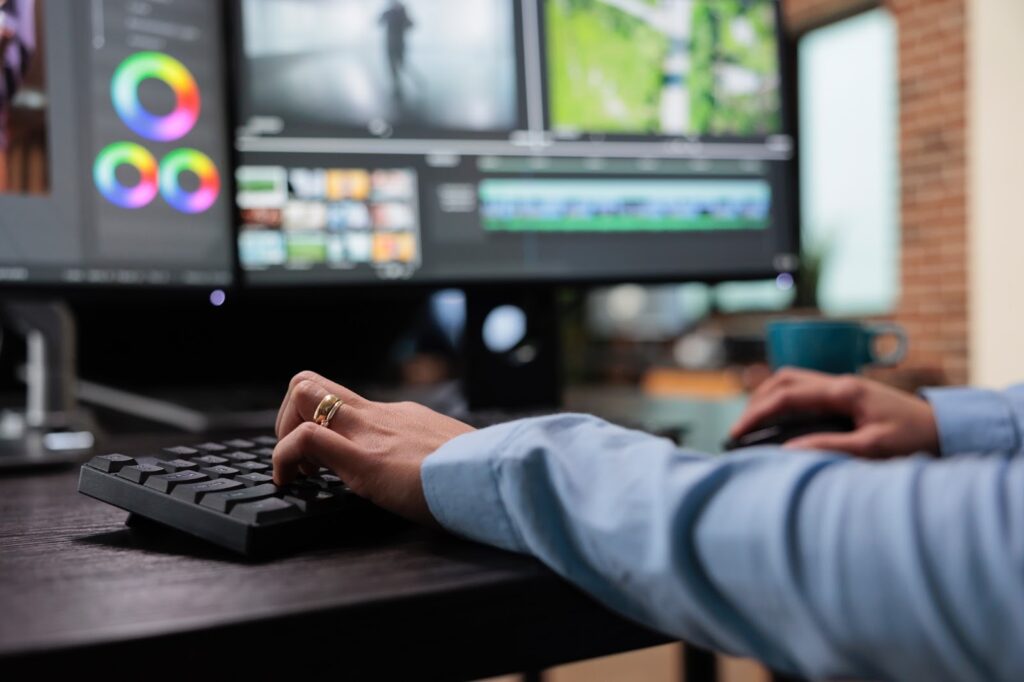
- Keep Production Appropriately Unpolished: Native, lo-fi creative routinely outperforms big-budget polish on short-form platforms. TikTok’s own guidance is to “embrace native, unpolished content,” and independent benchmarks show a similar pattern for engagement. If you operate hybrid/virtual activations, remember that unfiltered content outperforms polished in virtual settings; it’s not a myth; it’s a repeatable tactic.
- Plan for Tent-Poles Early: Calendar your majors (opening day, rivalry week, premiere night) and your mega-moments (Olympics, Super Bowl watch parties, award shows, festivals). We’ve published a guide to using UGC during major fan-driven events with prompt packs and sponsor-ready deliverables. Align your sponsor value with community value (e.g., “Fan of the Game” reels that actually star fans).
- Instrument Your KPIs: Track more than views. Focus on submission rate (% of attendees who contribute), approval rate, time-to-publish, share velocity, creator return rate, and asset reuse (how many times a clip is repurposed). Those metrics predict retention and revenue better than impressions alone.
- Rights, Safety, and Compliance: For your safety, BrandLens workflows capture usage rights at submission, apply profanity or not safe for work (NSFW) filters, and centralize releases so your legal team sleeps at night. This is important, so you can scale without fear.
- Bridge Channels and Sponsors: Cut bespoke recaps for your partners (on-brand frames, their tag on the outro). This is where UGC’s authenticity meets business outcomes: more watch time, more shares, more lift on partner reports. Trends in 2025 underscore the broader reality: social-UGC ecosystems are where attention (and budgets) keep consolidating.
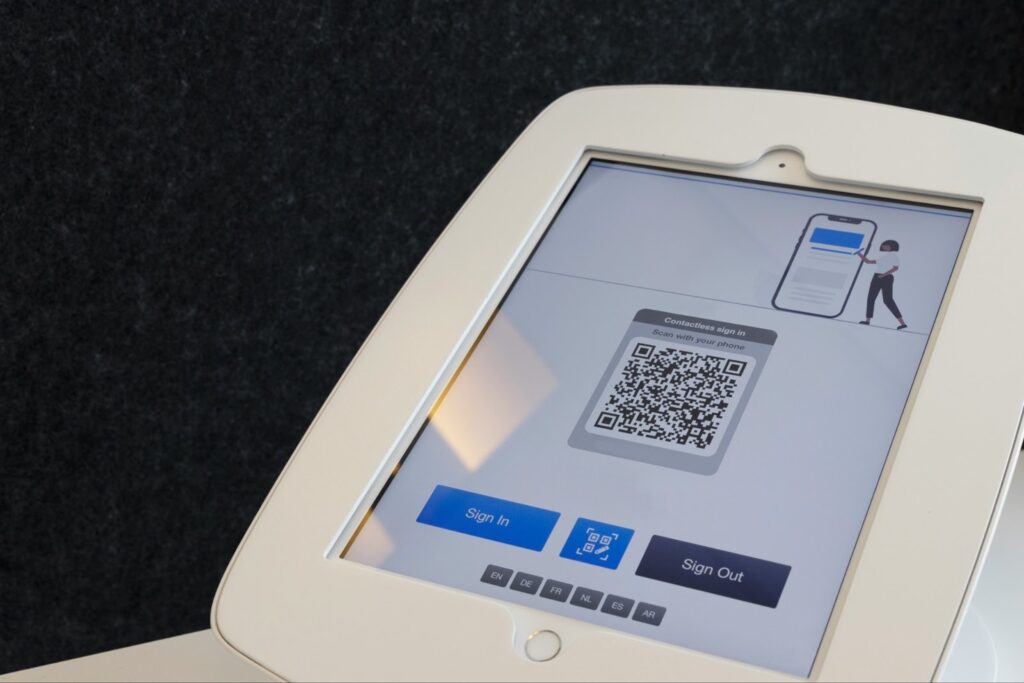
From Audience to Allies
Broadcasting still matters, but only as a spark. Movements start when fans become collaborators. In 2025, brands that speak with fans, not at them, build the kind of equity that survives platform shifts and algorithm swings. Fan-led storytelling creates shared ownership; shared ownership fuels deeper engagement, faster creative cycles, and better retention. That’s the compound interest of the community.
If you’re ready to turn your next game, premiere, or festival into a co-created story engine, BrandLens makes it practical: QR prompts, real-time moderation, and rights-ready workflows, no app required. Put simply, it’s fan engagement strategies you can actually run on a Friday night and measure on Monday morning.
Want to activate your fans at scale? Spin up your first BrandLens capture flow and test it on your next event, then watch your community (and your KPIs) do the talking.
References:
- 2025 Digital Media Trends: Social Platforms Are Becoming A Dominant Force In Media And Entertainment
- 2025 Global Sports Industry Outlook
- 64 User-Generated Content Statistics To Know In 2024
- Influencers Aren’t Going Anywhere, And Their Power Is Expanding
- Maximize Full-Funnel Performance On Tiktok: Expert Insights From Smartly
- 2025 Tiktok Benchmarks
- Oklahoma State To Wear Nil Fund Qr Codes On Helmets In 2024

